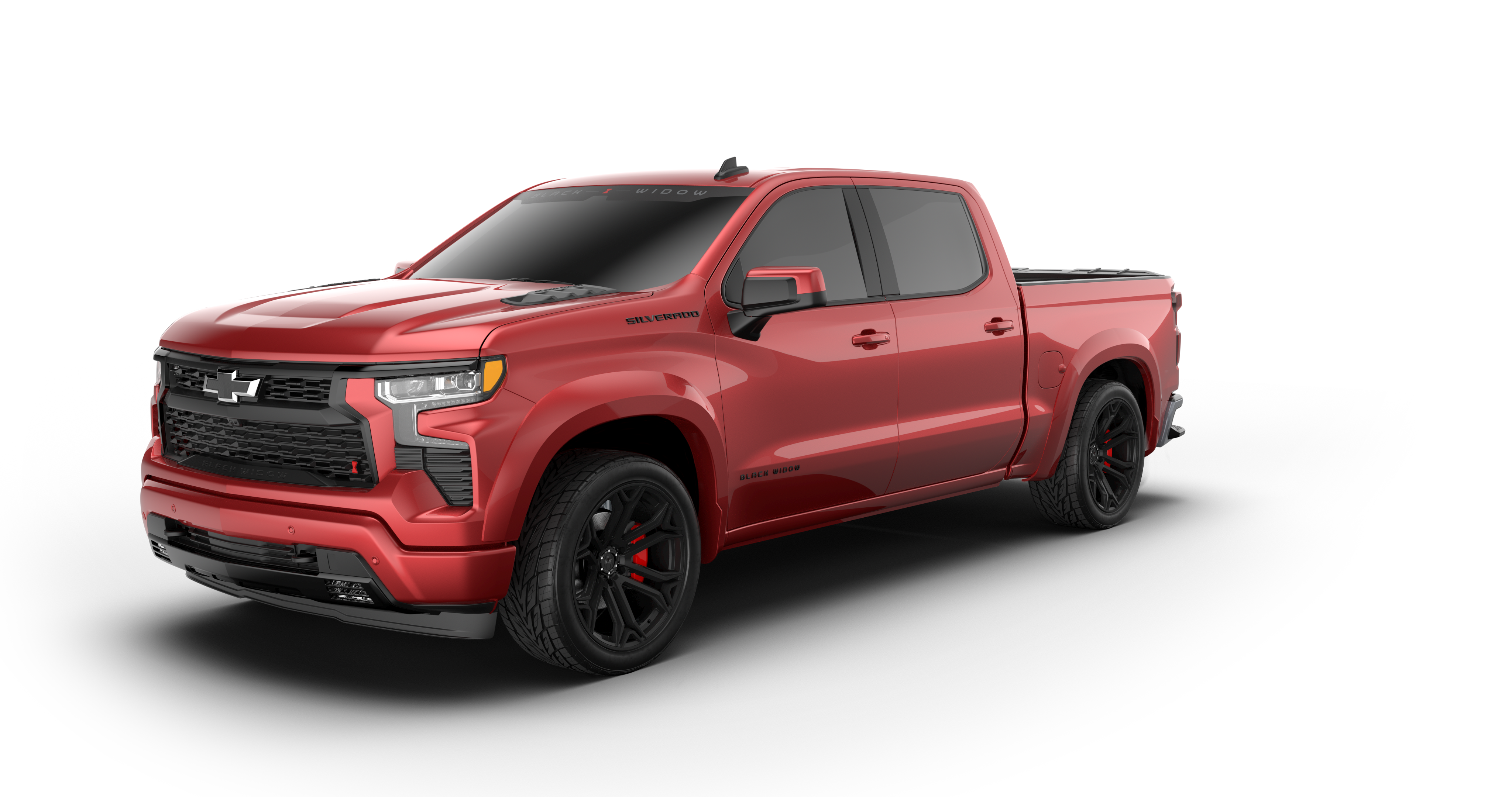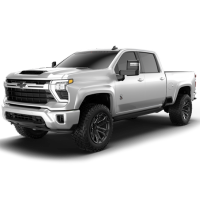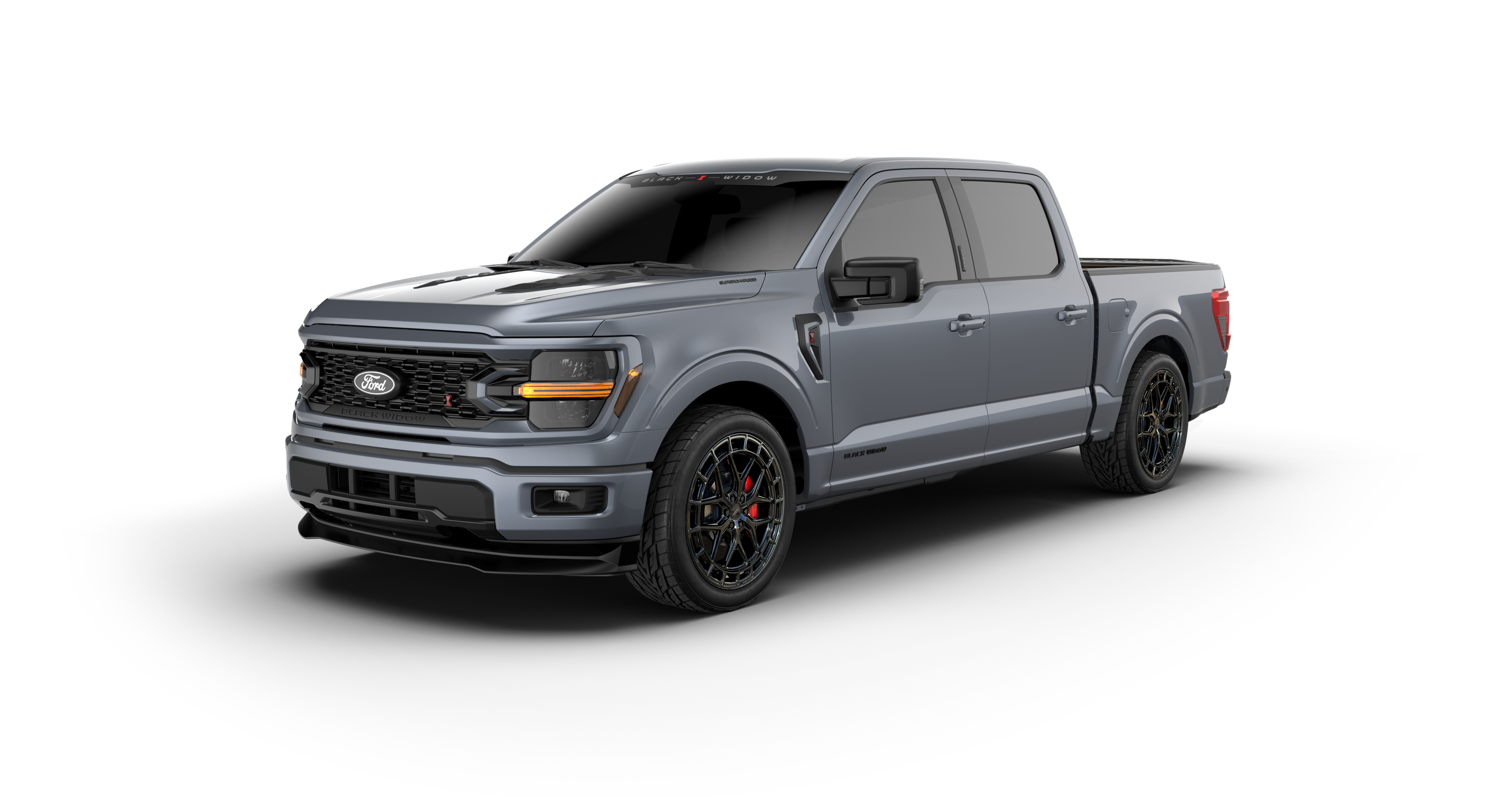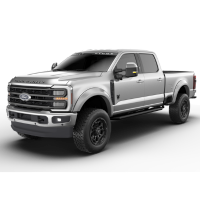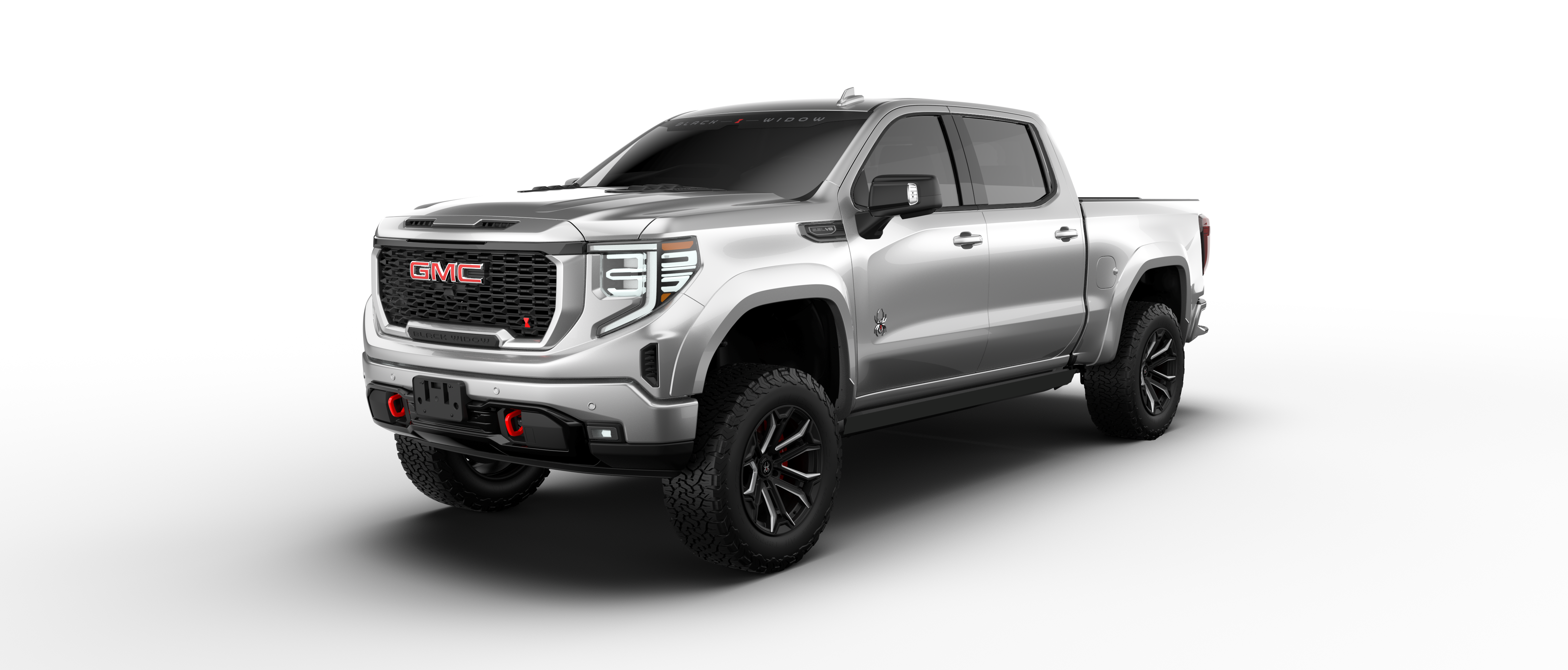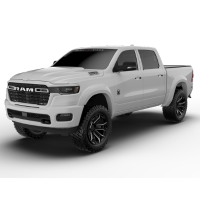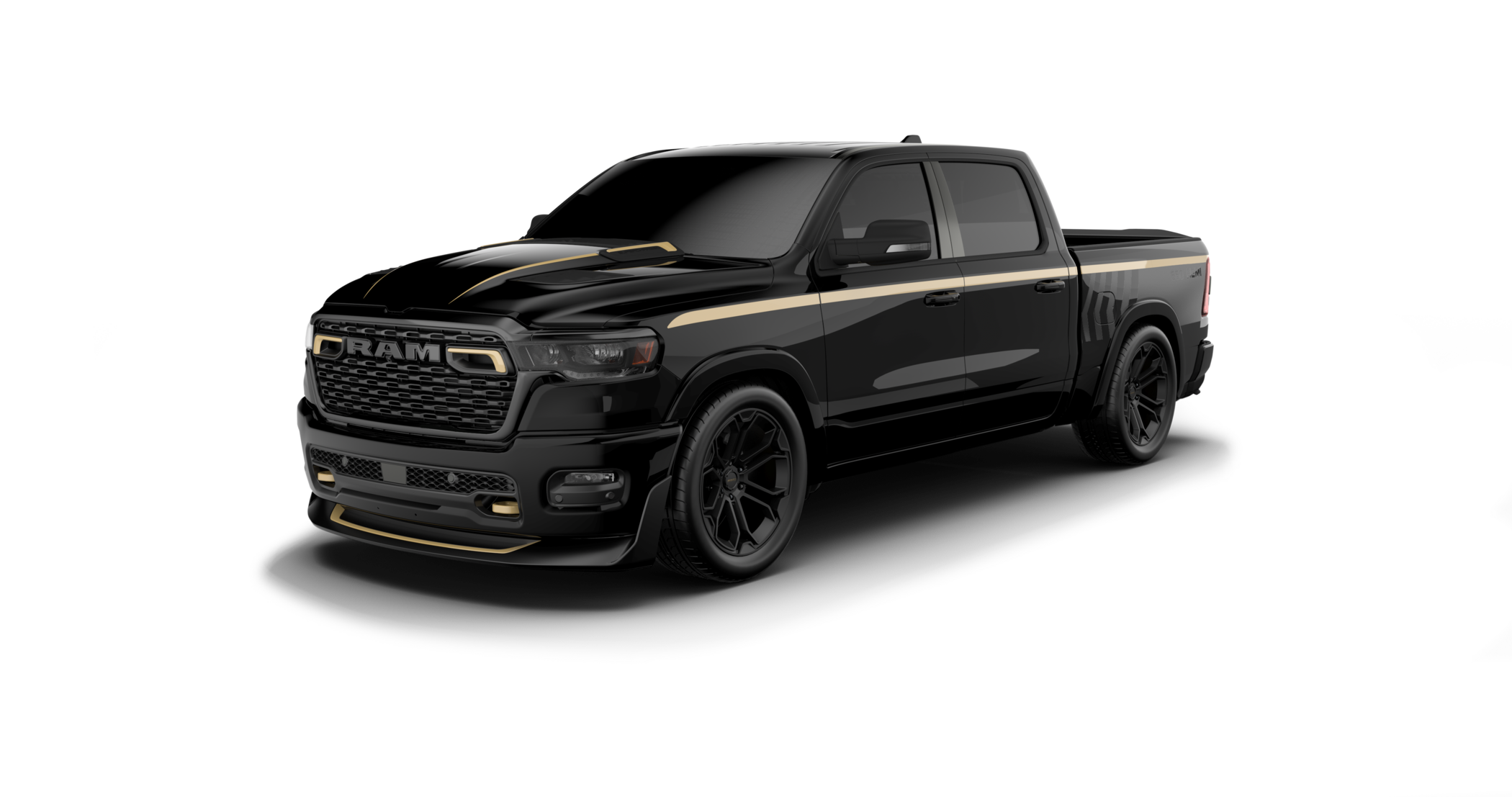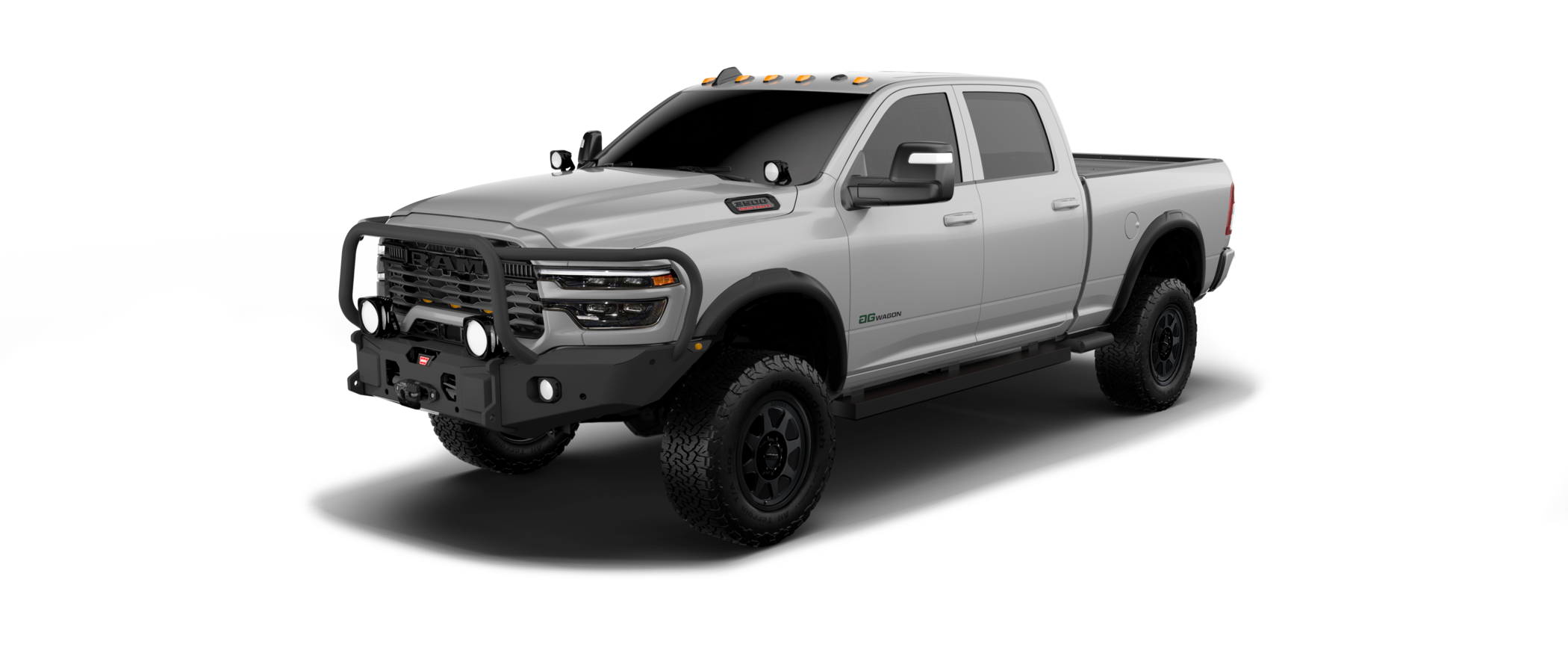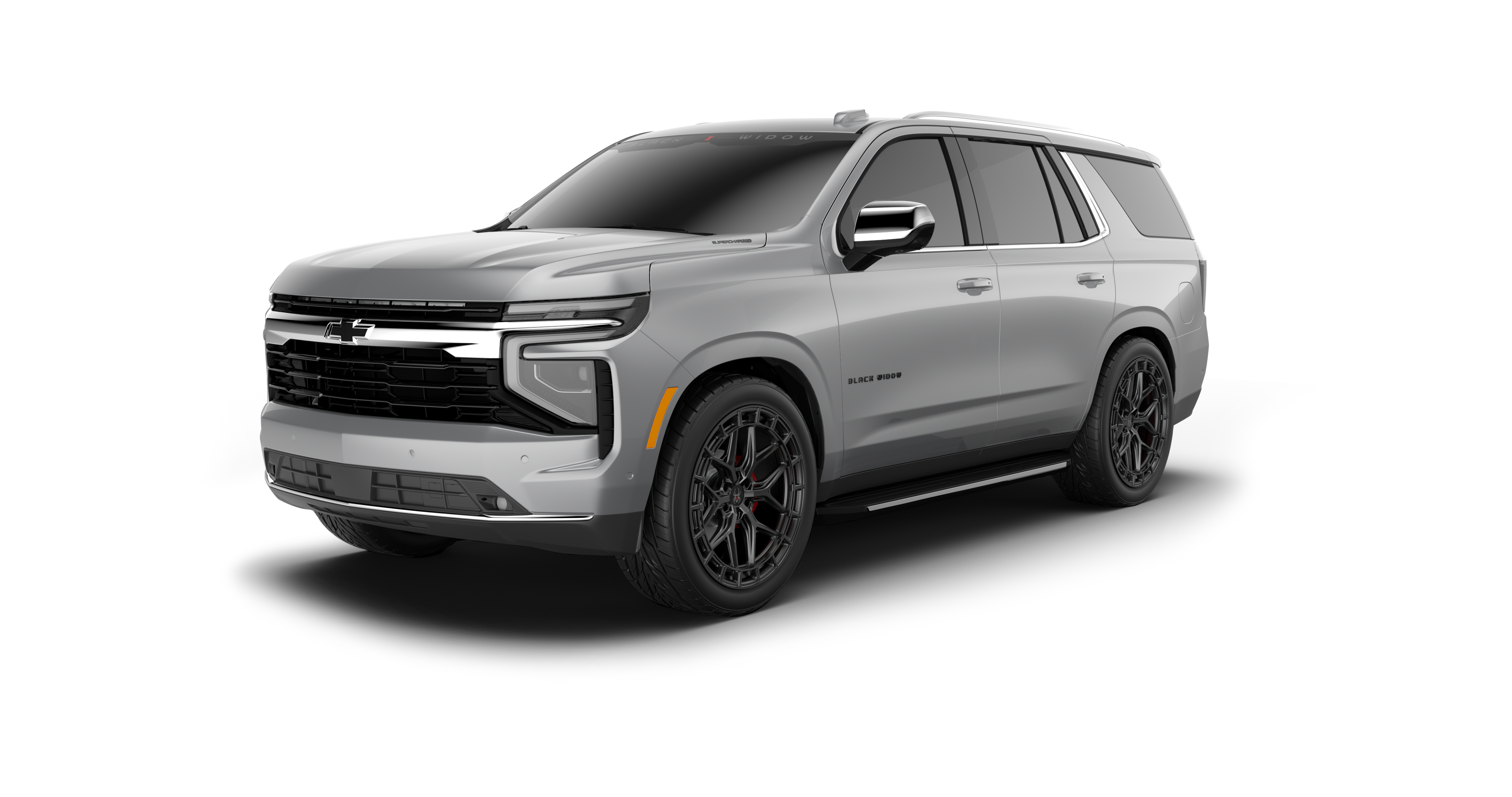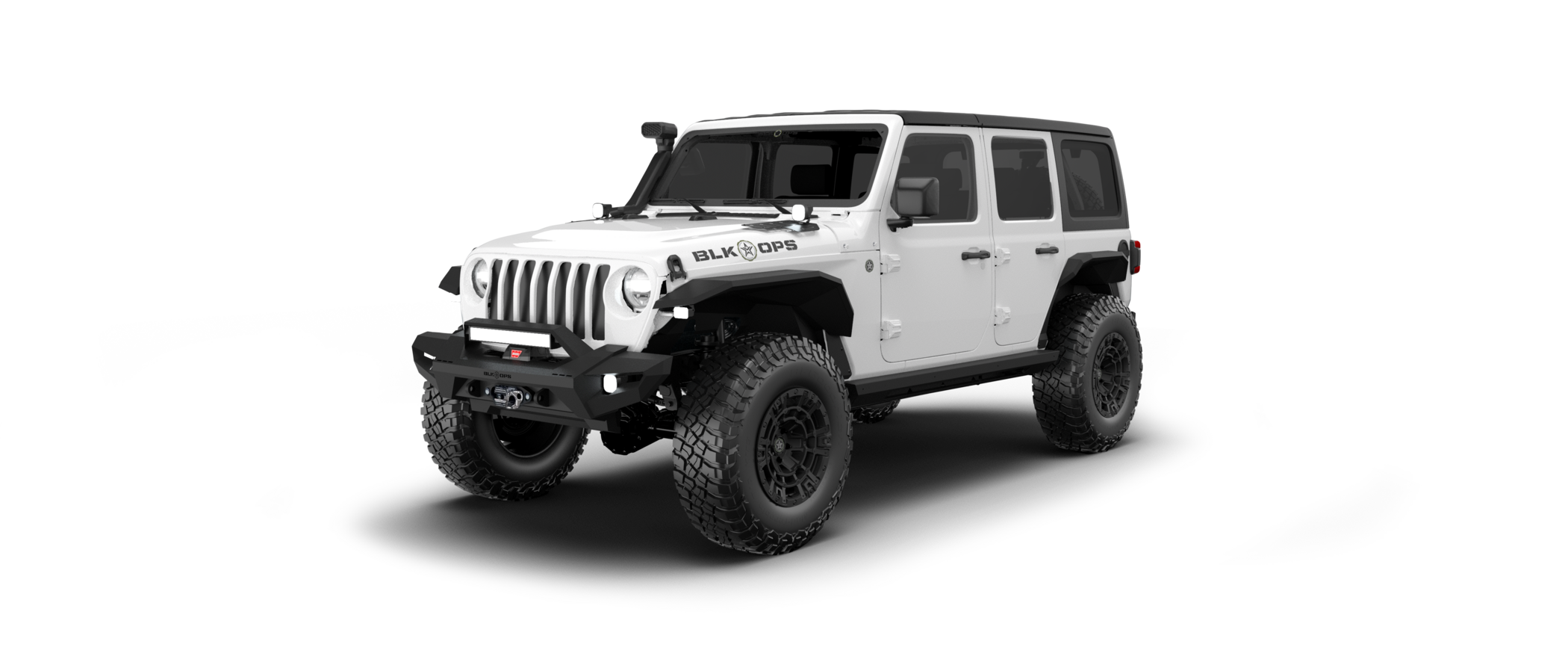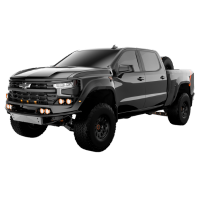
In today's aftermarket industry, there are several adjustable shocks on the market with the ability to stiffen or soften the ride quality. Where FOX’s DSC adjusters improve on this, is by allowing independent control of both high-speed and low-speed compression damping.
High-speed and low speed don’t refer to how fast your vehicle is moving, but rather the motion of the shock shaft itself. Whether you’re driving on varying terrains (on- and off-road), adjusting for different loads (empty, towing, or overlanding), or fine-tuning handling to match your driving style, DSC allows you to customize compression settings for the best performance and ride quality.
This guide will walk you through what DSC adjusters do and how they affect your ride, along with how to fine-tune DSC settings for different terrains, and why front and rear DSC settings differ and how to balance them.
How do DSC Adjusters Work?
In simple terms, low-speed compression (LSC) controls chassis movement, weight transfer and slow terrain changes, while giving smaller, slower damping movements. Adjusting the LSC provides a similar feeling to a sway bar, helping to control body roll and stabilize slow suspension movements. This is useful for variations in road surfaces, gradual weight transfer, and highway undulations.
High-Speed Compression (HSC), on the other hand, controls larger and faster suspension movements, such as hitting a pothole, landing after a jump, or tackling rough terrain at speed.
Baseline settings vary by vehicle, but adjustments depend on vehicle weight (solid axle vs. Independent front suspension), driving style, and terrain conditions.

Customizing DSC for Your Driving Style
When adjusting the DSC for the way you drive, you will need baseline. From the factory, if you want low-speed compression damping (LSC) you will adjust the LSC knob counterclockwise three clicks from full open. Alternatively, if you want high-speed compression (HSC), you will adjust the HSC knob counterclockwise three clicks instead.
For more information on how to use the Low and High-Speed Compression adjusters, check out this video:
Can Front and Rear DSC Settings Be Different?
The short answer is yes but left and right must match for stability reasons. For example, if you have a front-heavy truck, you might want to soften the rear LSC for better comfort. If your truck is loaded with a lot of gear for a camping trip or heavy items, you might increase rear LSC for better handling.
Either way, the front two shocks and rear two shocks must match each other.

Fine-Tuning Your Ride
Finding the right DSC settings is about balancing chassis control and compression damping for different terrains. For example, if you’re rock crawling, you might want to adjust HSC up or down to allow the coilover shock to absorb slow driving on rough terrain, while keeping LSC soft for suspension flex.
For high-speed off-road driving, you’ll want to increase HSC to reduce the risk of bottoming out. If you add a heavy load to that, like camping gear for example, you’ll need to adjust LSC and HSC again to compensate for the weight.
FOX’s motorsports racing tuner Mike Kim gave a thorough walkthrough on how to fine tune your Low and High-Speed DSC Adjusters for different scenarios – Watch that video here!


Full Adjustability is a Game-Changer
The Dual Compression adjustability built into FOX coilover shocks gives you advanced control over your truck’s ride. Whether you’re looking for comfort, control, or confidence in the performance of your vehicle, being able to tweak your setup based on terrain, load, and preference makes all the difference.


